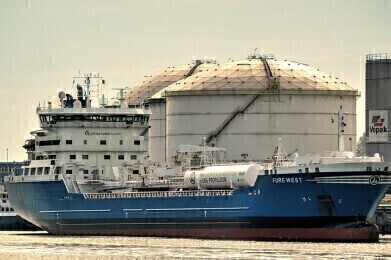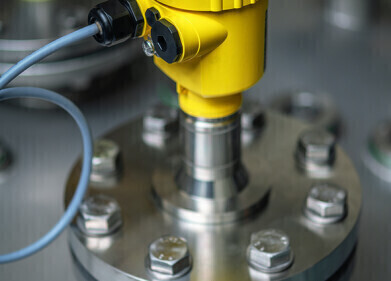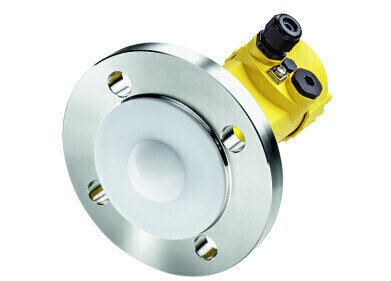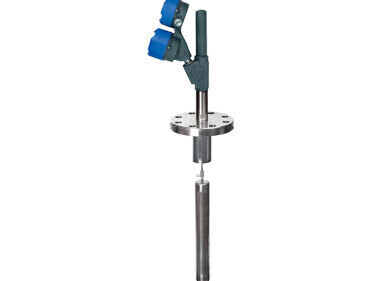Level measurement
What Equipment is Used to Measure Oil in a Storage Tank?
Dec 25 2022
From tracking stock levels to complying with custody transfer protocols, the ability to measure oil in storage tanks is critical in the energy industry. Highly specialised equipment and instruments are used to measure fill levels in storage tanks. This allows operators to:
- Calculate oil storage requirements
- Track inventory
- Predict oil transportation requirements
- Reduce the risk of spills caused by tank overflow
- Meet strict health and safety standards
In a paper published in the journal OP Conference Series: Materials Science and Engineering (MSE), author Sun Wei explains current oil tank metering methods can be split into two categories - manual metering and indirect metering. We take a closer look at both below.
Manual metering
Simple and effective, manual metering relies on a measurement ruler and transparent level gauge. The gauge reveals fill level of the tank, which can be calculated using the measurement ruler. It’s an easy and cost-effective way to measure fill levels, though it is limited by data reading errors.
Indirect metering
Indirect metering calculates tank fill levels using data collected by sensors. These can measure anything from static pressure to ultrasonic waves. “In recent years, with the continuous progress of automatic metering technology and the rapid growth of the oil depots storage capacity, many oil depots have gradually use automatic level gauging systems in the consideration of reducing costs and increasing efficiency,” writes Wei. “The automatic metering system has become an important means to improve the technical management level of oil depot and standardise the management of oil product.”
For example, the ultrasonic level gauge method uses the unique characteristics of ultrasonic waves to calculate fill level. Ultrasonic transmitters and receivers are installed in the container and capture data used to determine liquid levels. Magnetostrictive liquid level transmitters are another example of indirect metering. This advanced technology is ideal for measuring fill levels in underground storage tanks. Floats in the tank are fitted with magnets, which are detected using a MLM liquid level sensor installed in the tank.
Custody transfer protocols
Accuracy is front of mind when oil changes hands. This makes indirect metering solutions an important tool in custody transfer applications. They’re often used alongside flowmeters, which calculate the amount of oil flowing through a pipe. For example, flowmeters are used to measure oil being transferred from production sites to pipelines, railcars, trucks and ships.
Different flowmeter technologies can be used depending on the application. These include differential pressure (DP) flowmeters, Coriolis flowmeters and turbine flowmeters. Other options are positive displacement flowmeters and ultrasonic flowmeters.
Want to know more about the specialised solutions used in the oil and energy sector? We take a closer look at the different options for storing oil in ‘Storage Tanks for Oil & Chemicals - Everything You Need to Know’.
Digital Edition
PIN 25.6 Buyers' Guide
January 2025
Buyers' Guide Directory - Product Listings by Category - Suppliers Listings (A-Z) Articles Analytical Instrumentation - ASTM D7042: The Quantum Leap in Viscosity Testing Technology -...
View all digital editions
Events
SPE Hydraulic Fracturing Technology Conference and Exhibition
Feb 04 2025 The Woodlands, TX, USA
Feb 05 2025 Guangzhou, China
Trinidad and Tobago Energy Conference 2025
Feb 10 2025 Point Lisas, Trinidad
Feb 11 2025 Lagos, Nigeria
Feb 13 2025 Manama, Bahrain



















